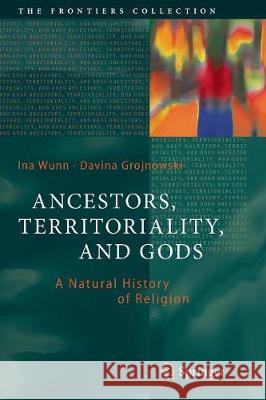Ancestors, Territoriality, and Gods: A Natural History of Religion » książka
topmenu
Ancestors, Territoriality, and Gods: A Natural History of Religion
ISBN-13: 9783662570784 / Angielski / Miękka / 2018 / 290 str.
Kategorie:
Kategorie BISAC:
Wydawca:
Springer
Seria wydawnicza:
Język:
Angielski
ISBN-13:
9783662570784
Rok wydania:
2018
Wydanie:
Softcover Repri
Ilość stron:
290
Waga:
0.42 kg
Wymiary:
23.39 x 15.6 x 1.6
Oprawa:
Miękka
Wolumenów:
01
Dodatkowe informacje:
Wydanie ilustrowane











